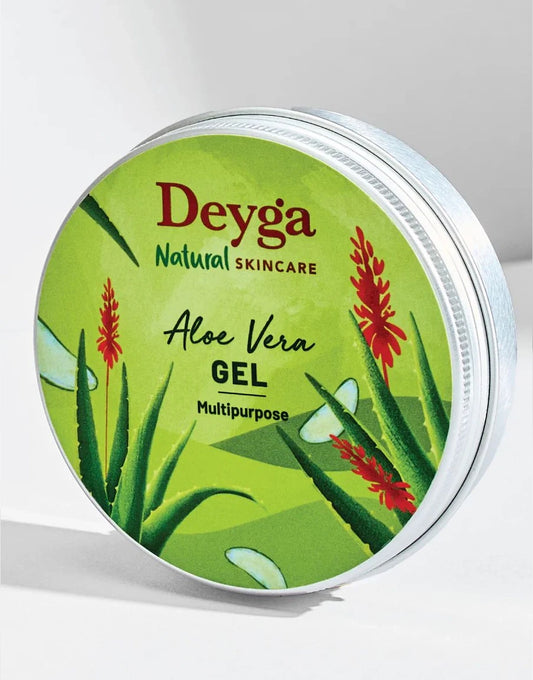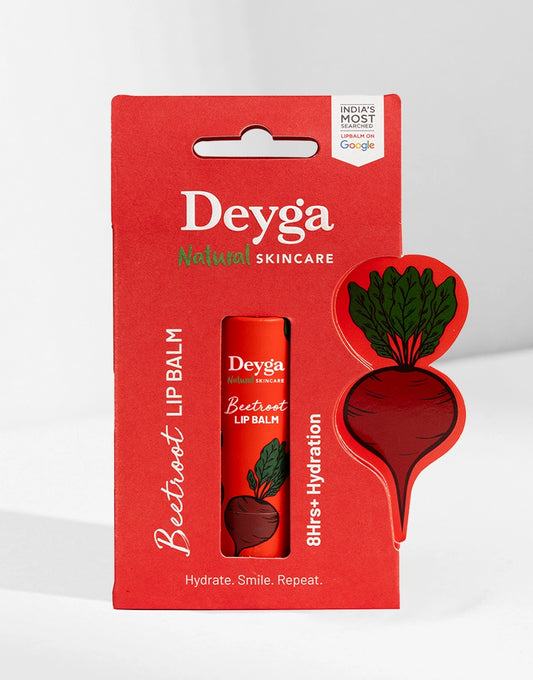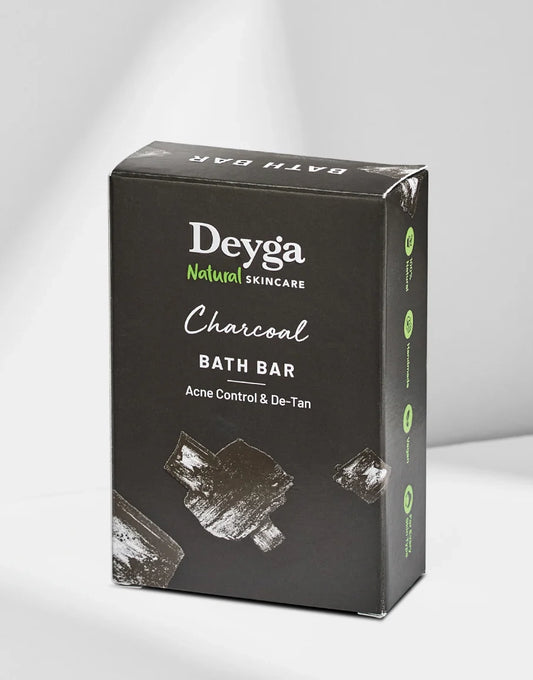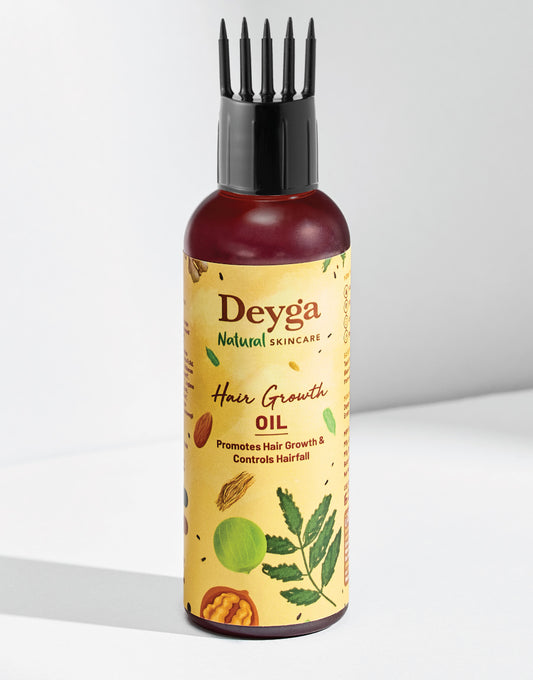Hey! folks. We usually tell y’all to keep a check on your exfoliation routine to let your skin breathe properly. However, over exfoliation is also a very common damage people tend to do to their skin just because they think it will only help skin for good.
In this blog we reveal some common signs of skin damage that comes as a result of over exfoliation. Let’s see in detail;
What’s Exfoliation?
Exfoliation, the process of removing dead skin cells, is a vital part of any skincare routine. It rejuvenates the skin, leaving it looking fresh and radiant. There are mainly two ways to exfoliate skin; either using physical scrubs or chemical exfoliants. Over doing exfoliation is a common problem that often goes unnoticed until the signs become impossible to ignore. Here are 5 common signs of skin damage resulting from over-exfoliation:
Increased Sensitivity: Over-exfoliated skin becomes overly sensitive to touch and environmental factors. It might feel raw, tight, or uncomfortable, especially after cleansing or applying skincare products.
Redness and Irritation: Excessive exfoliation can cause redness, inflammation, and irritation. The skin might appear flushed, and you might experience a burning or stinging sensation.
Dryness and Flakiness: Over-exfoliation disrupts the skin's natural barrier, leading to excessive dryness and flakiness. Your skin might peel or develop dry patches, making it difficult to apply makeup smoothly.
Breakouts: Paradoxically, over-exfoliation can trigger breakouts. When the skin is irritated, it produces more oil, leading to clogged pores and acne flare-ups.
Uneven Skin Tone: Over time, over-exfoliation can result in an uneven skin tone. Dark spots, hyperpigmentation, or red patches might become more prominent.
It's essential to tailor your exfoliation routine to your specific skin type. For those with sensitive skin, exfoliating once a week is usually sufficient. Normal to oily skin types can exfoliate up to three times a week, while individuals with dry or combination skin should limit exfoliation to once or twice a week.
Remember, the key to healthy exfoliation is balance. Over-exfoliation can compromise your skin's natural defenses and lead to a host of problems. If you suspect you've been exfoliating too much and notice any of the signs mentioned above, give your skin a break. Focus on gentle, hydrating skincare products and consult a dermatologist if you're unsure about the best exfoliation routine for your skin type.
Taking care of your skin is a delicate balance, and by listening to your skin's needs, you can achieve a healthy, radiant complexion without causing unnecessary damage.


 Log in
Log in
Cart
Log in
Log in
Cart










